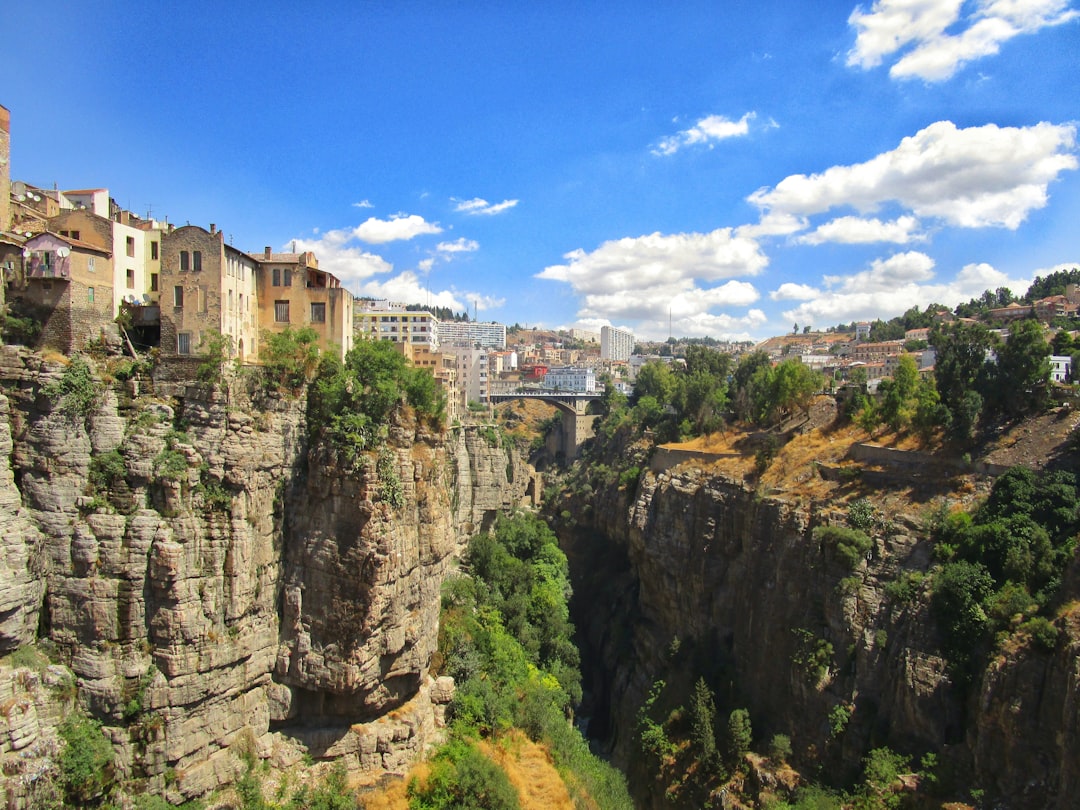What is it about?
The paper is about the nature of, trends in, and explanations for private sector and public sector land-use (re)developments in downtown Cape Town in the first five years of the twenty-first century.
Featured Image
Why is it important?
Urban land-use studies became old hat in the 1960s: their descriptive genre fell out of fashion. This paper returns to the documentary style, with commentary and reflection pulling in more modern discourses about urban change. The paper is based on extensive and intensive walking and reading about property developments in the Cape Town CBD. It literally maps out a central city undergoing considerable changes. The paper should be handy as a matter of detailed record and interpretation decades hence. It updates the land use surveys published in the 1950s.
Perspectives
The paper grew from sheer delight in getting to know central Cape Town as a resident. The difficulty of mapping the developments brought home the artistry of cartography. Similarly, the 'factuality' of the piece depends rather precariously on the veracity and meaningfulness of the standard economic activity and land use categories it deploys. The paper is deceptively simple!
Professor Gordon H Pirie
University of Cape Town
Read the Original
This page is a summary of: Reanimating a Comatose Goddess’: Reconfiguring Central Cape Town, Urban Forum, September 2007, Springer Science + Business Media,
DOI: 10.1007/s12132-007-9012-7.
You can read the full text:
Contributors
The following have contributed to this page










